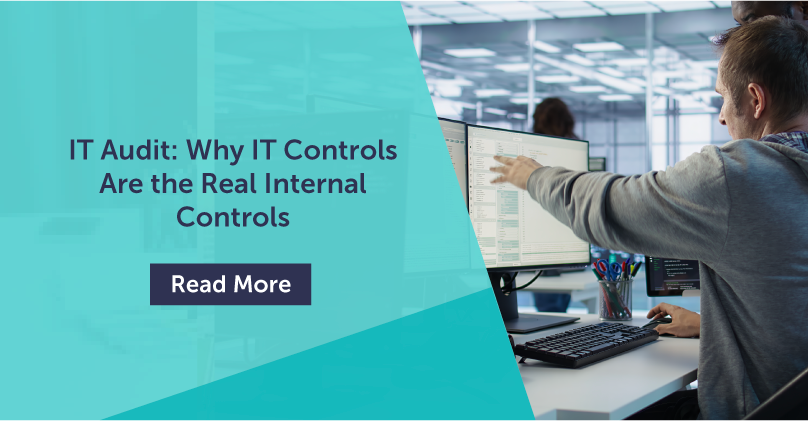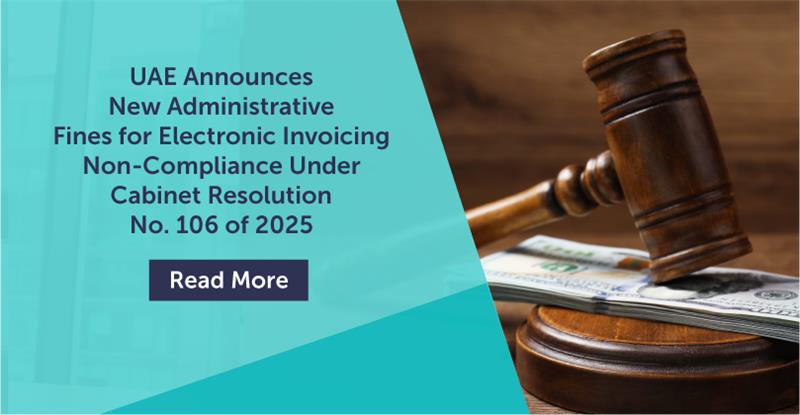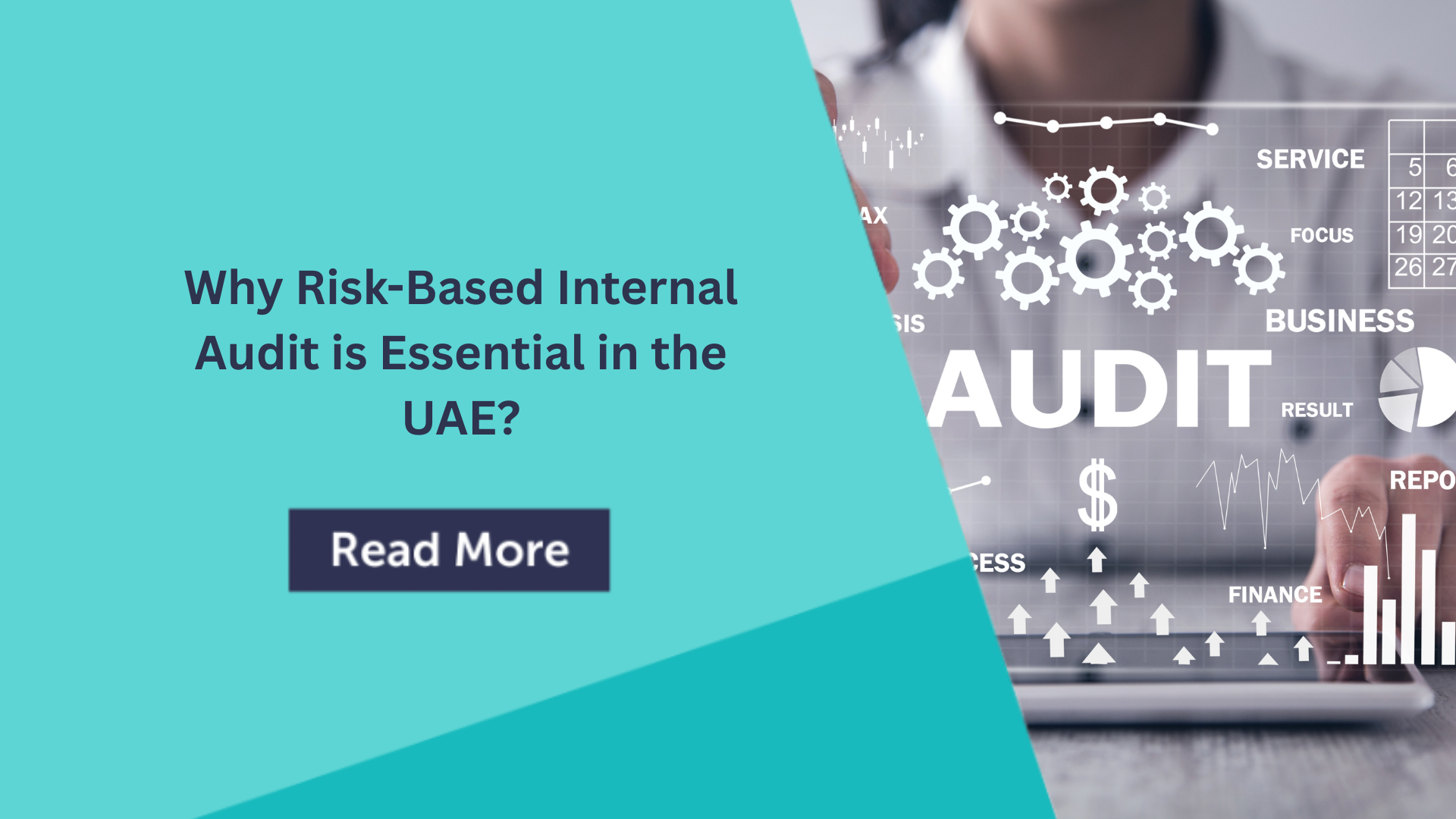
- Aug 02,2025
- Audit / IFRS
IT Audit: Why IT Controls Are the Real Internal Controls
In today’s technology-driven world, traditional internal controls are rapidly evolving. With the digitization of business functions, integration of complex ERP systems, migration to cloud platforms, and increasing reliance on automated workflows, IT controls are no longer a subset of internal controls; they are now defined as mandatory internal controls.
This article, presented by CLA Emirates, a leading audit and advisory firm in Dubai, UAE, explores the critical role of IT Audit in modern risk management, compliance, and governance. We explain why IT Audit has become essential for UAE businesses across all industries and how effective IT controls can safeguard operations, ensure compliance, and enable business continuity.
The Digital Shift: From Manual Controls to IT-Driven Processes
Over the past decade, organizations in the UAE and globally have rapidly digitized their operations. This digital transformation has now become need of the hour to be in the race of automation, going paperless, and be a role model for sustainability. Key business functions such as HR, finance, procurement, sales, customer service, and inventory are now managed through IT systems, including:
- ERP Systems (e.g., SAP, Oracle, Microsoft Dynamics)
- Cloud Platforms (AWS, Azure, Google Cloud)
- CRM Tools (Salesforce, Zoho)
- Banking Portals and Payment Gateways
- Document Management Systems
- BI and Reporting Tools (Power BI, Tableau)
This digital transformation has rendered traditional manual controls (signatures, registers, manual approvals) increasingly obsolete or insufficient. Businesses that still rely on outdated manual processes face:
- High fraud risk due to lack of automation
- Limited audit trail visibility
- Inconsistent control enforcement
- Inability to respond to cyber threats
- Poor data governance and compliance failures
What is an IT Audit?
An IT Audit is a structured review of an organization’s information systems, IT controls, data security, system development, and disaster recovery capabilities. It assesses whether IT systems:
- Protect company assets
- Maintain data integrity
- Ensure system availability
- Support compliance and governance
At CLA Emirates, we align our IT audit methodology with global best practices, including:
- COBIT (Control Objectives for Information and Related Technologies)
- COSO Integrated Control Framework
- ISACA ITAF (Information Technology Assurance Framework)
- NIST Cybersecurity Framework
- ISO 27001 (Information Security Management System)
Key IT Audit Areas That Define Today’s Internal Controls
1. User Access Controls and Segregation of Duties (SoD)
Access to systems must be tightly controlled. Our audits verify:
- Proper user provisioning and de-provisioning
- Role-based access control (RBAC)
- Segregation of duties in systems (e.g., no single user can initiate and approve payments)
2. Change Management Controls
Uncontrolled system changes can lead to operational errors or fraud. We review:
- Change request and approval workflows
- Developer vs production access segregation
- Testing and rollback procedures
3. Backup and Disaster Recovery
Effective backups and DR plans are critical for data integrity and business continuity. Our audits test:
- Backup frequency, retention, and testing
- Offsite storage and cloud backup security
- RTO and RPO metrics
4. Cybersecurity and Network Security
With rising cyber threats, cybersecurity controls are now integral to governance. We assess:
- Firewall configurations
- Anti-virus and intrusion detection systems
- Patch management
- Security incident response
5. IT Governance and Policy Framework
We assess whether the organization has formal, updated policies for:
- Acceptable use of IT assets
- Password and authentication requirements
- Data classification and protection
- Vendor risk management
6. Data Privacy and Regulatory Compliance
We ensure systems support compliance with regulations like:
- GDPR (for businesses handling EU data)
- UAE Data Protection Law
- FATCA/CRS data reporting controls
- SOX/ICFR financial reporting integrity
7. Audit Trails and System Logs
Our IT audits verify the existence, reliability, and review of:
- System-generated audit trails
- Log review processes for critical actions (logins, changes, deletions)
- Time-stamped evidence of approvals
IT Audit as a Foundation for Compliance
Modern regulatory and compliance frameworks are increasingly IT-centric. Internal audit programs that neglect IT controls expose organizations to serious risks.
Key frameworks where IT controls are essential:
- SOX / ICFR: Reliance on automated controls in financial reporting
- AML: KYC/transaction monitoring systems integrity
- ISO 27001: Information security controls and risk mitigation
- PCI DSS: Controls over cardholder data
- Basel III: IT systems for risk data aggregation
- SOC 1 / SOC 2: Controls at third-party service organizations
- GDPR and UAE Data Protection: Privacy-by-design in systems
Sector-Wise Relevance of IT Audit in the UAE
Financial Institutions
- Core banking systems audit
- SWIFT controls
- AML screening systems
Real Estate and Construction
- Escrow portal integration
- Contract management software controls
- Digital project tracking tools
Retail and E-commerce
- POS systems security
- Digital payment gateway risk
- Customer data protection
Hospitality and Tourism
- PMS and booking system controls
- Guest data privacy compliance
- Loyalty program fraud risks
Healthcare
- Patient information system security
- Compliance with ISO 27799 and MOH requirements
Logistics and Transport
- GPS and fleet management systems
- Digital inventory movement tracking
Manufacturing
- IoT device security
- Digital supply chain risk
Why Choose CLA Emirates for IT Audit?
- Deep understanding of UAE-specific regulations and international frameworks
- Expertise across industry-specific IT systems and risks
- Integration of IT and internal audit for a unified control evaluation
- Practical, action-oriented recommendations
- Ability to support readiness for ISO, SOC, SOX, and other certifications
Conclusion: IT Controls Are the Real Internal Controls
Businesses that still view IT audit as an add-on to internal audit are operating under a false sense of security. In today’s landscape, IT controls are the real internal controls. They govern access, automate approvals, maintain audit trails, detect threats, and ensure compliance. Without robust IT auditing, internal audit programs are incomplete and outdated.
At CLA Emirates, we help businesses transform their internal controls by focusing on what truly matters: digital risks, cybersecurity, automation governance, and regulatory alignment.
Contact CLA Emirates to ensure your IT environment is compliant, secure, and audit-ready.




